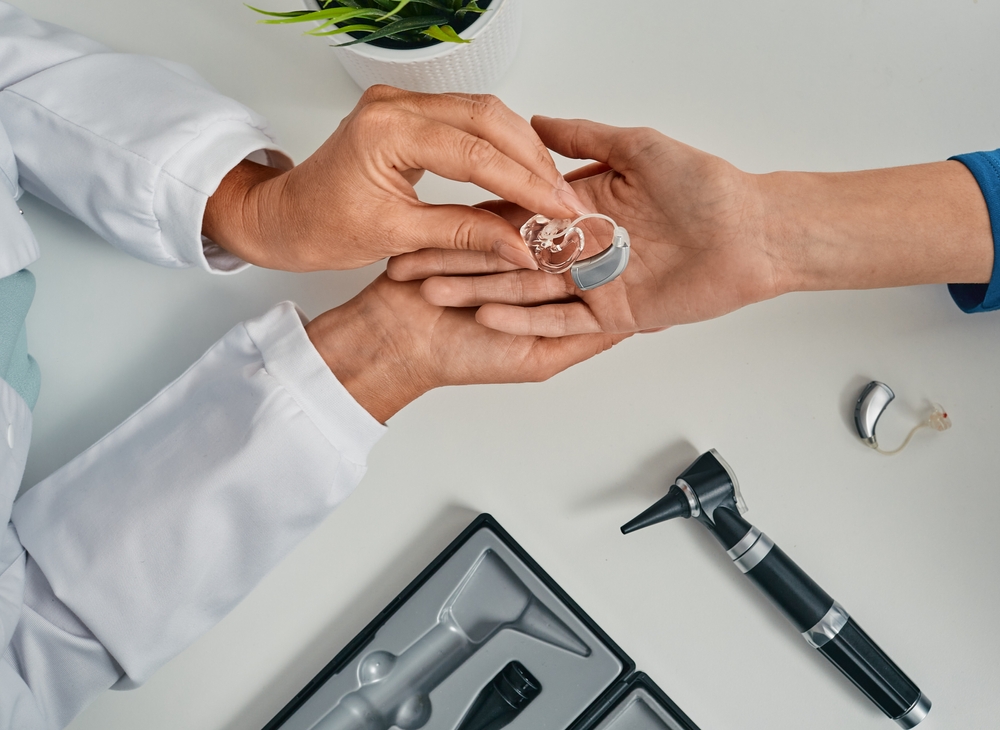
Hearing aids play a crucial role in enhancing sound clarity and enhancing daily communication. For ideal performance, it’s crucial to schedule periodic maintenance and periodic expert cleaning sessions. Over time, earwax, moisture, and debris can accumulate, resulting in decreased functionality. Recognizing when it is time to schedule professional maintenance can help extend the life of your hearing aids and ensure they continue to operate at their best.
Why it’s valuable to have your hearing aids professionally cleaned
In spite of regular upkeep at home, hearing aids can slowly accumulate debris that could affect how well they work and the quality of sound they produce. Professional routine maintenance offers several key benefits:
- Extensive Sanitizing– Effectively eradicates stubborn earwax, dust, and moisture that regular cleaning methods often miss.
- Improved efficiency – Gets rid of barriers that may result in muted audio or distortion.
- Improved Longevity – Helps to prevent premature degeneration, thereby reducing the necessity for repairs or replacements.
Regular skilled cleanings keep your hearing aids functioning efficiently, minimizing the risk of unexpected malfunctions.
Indications your hearing aids require professional servicing
Not sure if your device is due for a deep clean by a pro? Keep an eye out for these telltale signs that it’s time to contact the experts:
- Unclear or Garbled Audio: If voices and background noises seem feeble, muted, or altered, the issue might be caused by blockages, including earwax or debris, impeding the device’s microphone or speaker.
- Relentless Shrieking or Feedback: A high-pitched whistling sound (feedback) can signify wax accumulation or an improper fit. A professional cleaning can help remove obstructions and fine-tune the fit.
- Issues with Volume Control: If changing the volume doesn’t seem to have the intended effect, internal elements may require maintenance or software reset.
- High humidity can impact the device’s internal components, causing sporadic audio interruptions or faulty button control. A professional technician can assess and address any moisture-related concerns.
- If you recognize a noticeable increase of wax or dirt on your hearing aids, it is encouraged to have them professionally cleaned for a more thorough removal compared to cleaning them at home.
- Employ specialized tools to carefully remove wax, debris, and humidity from sensitive components without causing harm.
- Confirm the proper functioning by inspecting and fixing any broken components.
- Inspect both software and hardware to pinpoint any performance issues that may be affecting the sound quality.
- Replace any tubing or filters that may be affecting the performance of the device.
- Every 3 to 6 months for routine maintenance.
- Regular cleanings are suggested for people who tend to produce a lot of earwax or live in areas with high humidity, as these conditions can intensify wax accumulation.
- As soon as issues arise, addressing modest issues early can avoid costly repairs.
What does a professional hearing aid cleaning look like?
A professional cleaning appointment goes beyond standard upkeep and ensures your devices operate optimally. During the appointment, specialists will:
How often should you schedule professional maintenance?
The need for professional cleanings differs depending on factors like how much earwax is produced, the levels of humidity, and how the device is generally used. General recommendations include:
Keep your hearing aids in top condition
To keep your hearing aids working efficiently and providing crisp, clear audio, it’s crucial to schedule routine check-ups and maintenance with a hearing care professional.
If you’re experiencing muffled audio, feedback, or performance problems, it may be time to set up a professional cleaning.
Set up an appointment for your hearing aid cleaning and maintenance now.